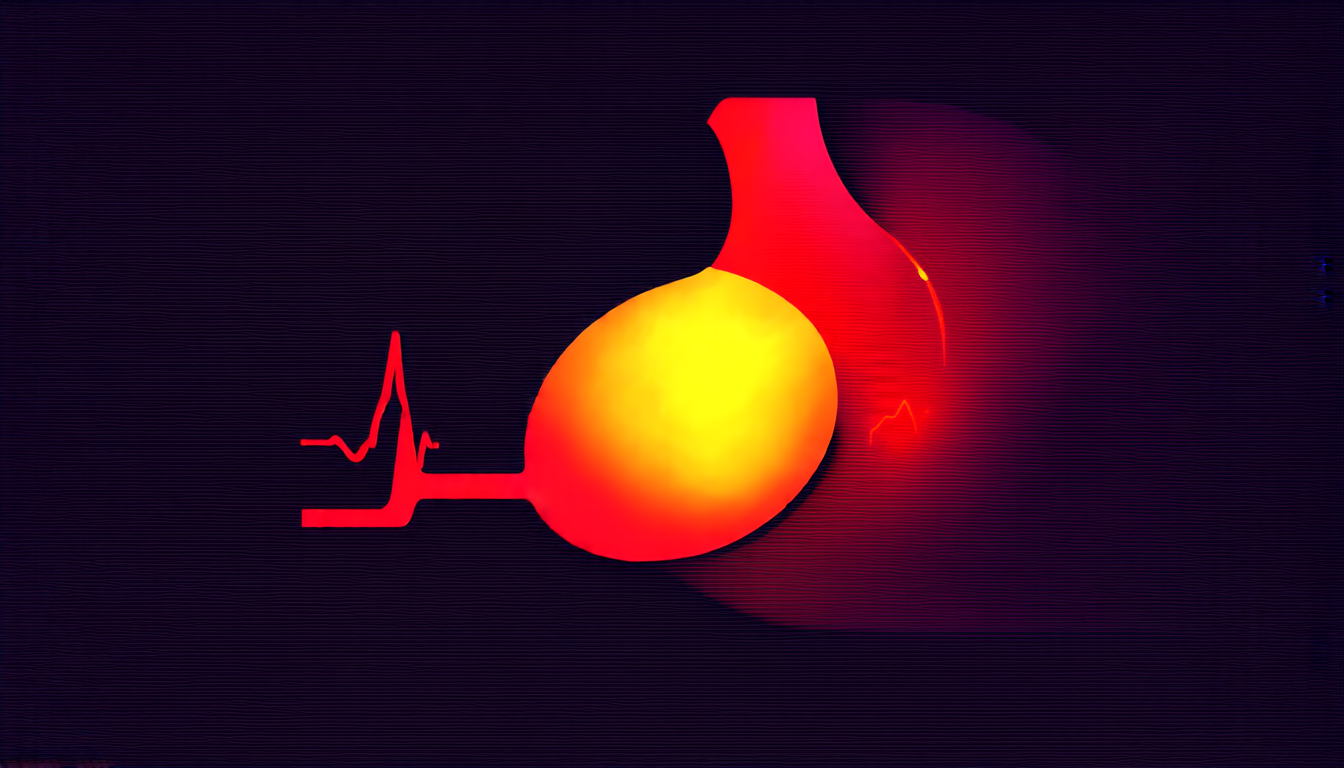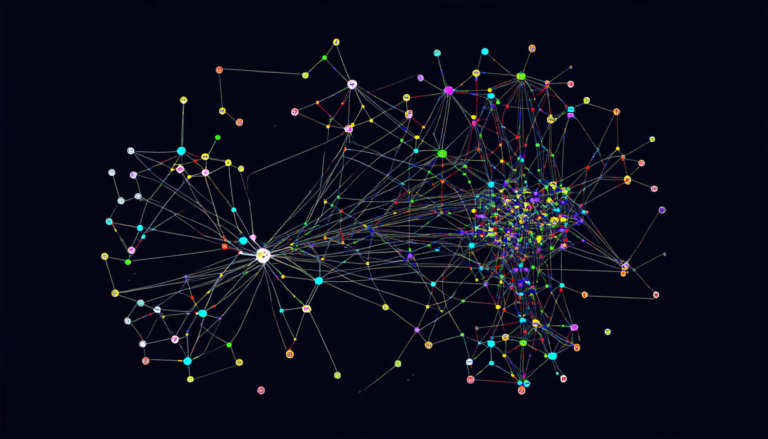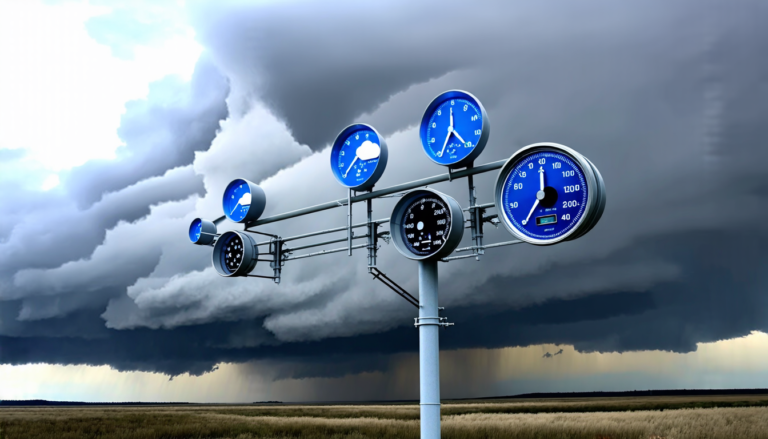Tuesday 07 October 2025
A team of researchers has made a significant breakthrough in the field of medical imaging, developing a new technique for enhancing the accuracy of breast cancer detection using thermographic images.
Thermography is a non-invasive imaging modality that uses infrared sensors to capture heat signatures from the body. It’s been used for years to detect tumors and other abnormalities, but its effectiveness has been limited by the quality of the images produced. The new technique, which combines machine learning algorithms with diffusion probabilistic models, promises to revolutionize the field by producing high-quality images that can be used to diagnose breast cancer with greater accuracy.
The researchers used a dataset of thermographic images from patients with known diagnoses to train their model. They then tested the model on a separate set of images and found that it was able to accurately detect tumors with an accuracy rate of over 98%.
One of the key challenges in developing this technique was dealing with the limited amount of data available for training the model. To overcome this, the researchers used a technique called data augmentation, which involves generating new images from existing ones by applying different transformations such as rotation and scaling.
The team also developed a unique approach to feature extraction, combining deep learning features with handcrafted nonlinear descriptors. This allowed them to capture subtle patterns in the images that may not have been apparent through traditional machine learning methods alone.
The results of this study are significant because they demonstrate the potential for thermography to be used as a screening tool for breast cancer, potentially reducing the need for invasive procedures such as biopsies. The technique is also highly effective at detecting tumors at an early stage, when treatment is most likely to be successful.
The researchers believe that their findings have important implications for public health and healthcare policy. They hope that their work will lead to increased adoption of thermography in clinical settings and potentially even the development of new screening programs.
In addition to its potential applications in breast cancer detection, this technique may also have broader implications for medical imaging as a whole. The researchers’ use of diffusion probabilistic models and machine learning algorithms could be applied to other areas of medicine where high-quality images are essential, such as cardiology or neurology.
Overall, the development of this new technique is an important step forward in the field of medical imaging, and its potential applications are exciting and promising.
Cite this article: “Enhancing Breast Cancer Detection with Thermographic Imaging”, The Science Archive, 2025.
Thermography, Breast Cancer Detection, Medical Imaging, Machine Learning, Diffusion Probabilistic Models, Data Augmentation, Feature Extraction, Deep Learning, Nonlinear Descriptors, Image Analysis.







